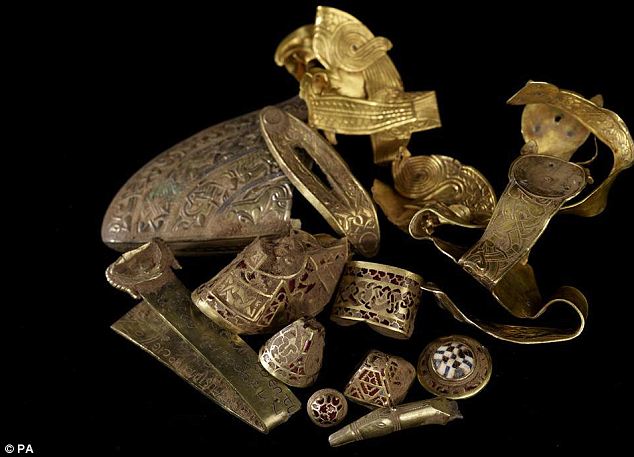Hi Steve
You may well be right about it being moulded, not cut.
I visited the exhibition today, joining the queue at 12.15pm and getting into the exhibition shortly after 1pm. By all accounts, the public had been queueing up past the Library earlier
(for those of you who know Birmingham City centre  )
) so our wait was comparatively short. The opening of the exhibition had been delayed so that it could be moved into a larger room to cater for the unanticipated crowds. A few colour brochures had been printed but had run out after only a couple of hours and were replaced by rather poor quality photocopies. Still, they were good enough to be able to pick out the patterns.
My guess is that around 50 to 60 pieces were on display and they were fabulous, absolutely breathtaking. I couldn't take photographs and there were too many visitors to allow me to draw any sketches, but I intend to return next week and examine them at greater leisure. The exhibition will run until 14 October (I think) and admission is free. Since I'll be in Brum on Tuesday anyway, it would be a crime to pass up the opportunity for another visit.
I suspect most of the jewellery was made by either casting or beating it into moulds. However, I know nothing about jewellery manufacture so I think a trip to the Birmingham Jewellery Quarter museum has got to be scheduled next (and soon).
It was fascinating to see how designs had developed from the more familiar Celtic patterns and I wonder how they would have evolved if they had been left alone without subsequent foreign influences. I was astonished at how intricate some of the details were. You almost needed a magnifying glass to view some of the features, never mind to produce them.
I strongly urge anyone who gets a chance to see the Staffordshire Hoard to do so while it is still open to the public. As for scrollers who are looking for new pattern ideas, it's a 'must see'.
Gill






